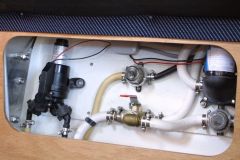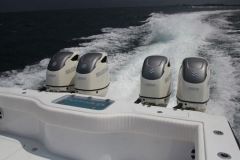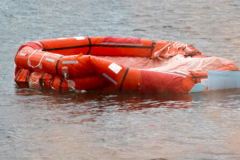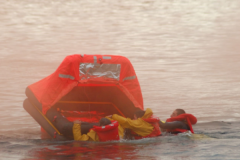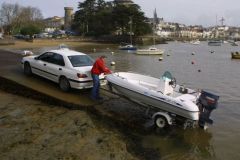If the vests and pyrotechnics that equip pleasure boats have a visible expiration date, the electrical and electronic equipment do not have such information, except for the validity of the onboard battery. Unfortunately, if you have to use them, there is no way to know if they will be operational or not. Except to test them.
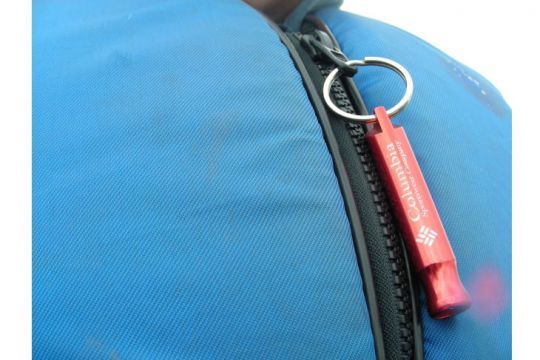
Plan the tests
When boaters go to sea, their main concern is certainly to enjoy their outing as much as possible. Fishing, lounging, water-skiing, etc. Fun activities are more appealing than testing equipment. Especially when the equipment is concerned with safety, which is not an attractive area.
It is necessary to plan the tests. Do not plan to test all the equipment on the same day to avoid getting bored. Do not test only one piece of equipment per year. The right organization will depend on the number of devices to be tested, the duration and the complexity of each test as well as the user's will.
In any case, to be sure not to forget - voluntarily or not - these checks, write them down in the family diary and have all the usual sailors participate in these tests. This will motivate the crew and, above all, it will prepare them for what a real-life activation will look like in the event of a problem.
When the check has been completed, record the date, time and result of each test in the logbook. This ensures that you can keep track of your safety equipment as closely as possible.
What equipment should be tested?
Pyrotechnic safety accessories cannot be tested. Neither can automatic vests. However, there is nothing to prevent you from planning their examination to, at least, carry out a visual check (gas cartridge in place, no trace of mould).
The electrical equipment must all be tested. These include (but are not limited to) the VHF, the EPIRB, individual beacons, turnaround lights, and the lights that are mandatory on life jackets.
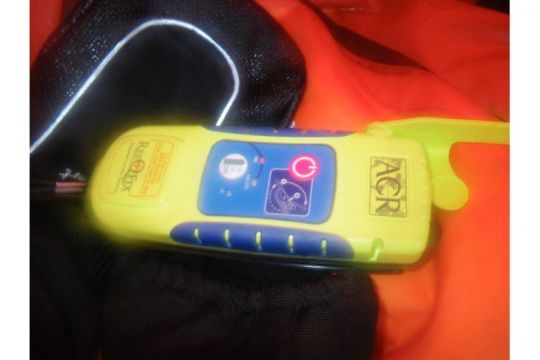
Other safety accessories to be tested include fog horns, whistles on vests, bailers and carabiners on lifelines. Turn signals are simply flipped over to check that the light is on. The lights that are activated by contact with water are immersed ( in tap water to avoid salt corrosion on the contacts ).
No actual emergency test triggering
Warning equipment ( VHF, EPIRB, MoBeuros beacon ) all have a test function that will simulate an alert. It is illegal and punishable to trigger an alert to perform a test. Each piece of equipment has its own procedure for performing a test. In most cases, you will have to press the " " button for several seconds Test "You can also perform a specific keystroke sequence on the device. At the end of the test, call the CROSS by phone ( 196 ) to indicate that you have performed a test according to the appropriate procedure and that if an alert has been received, it should not be taken into account.
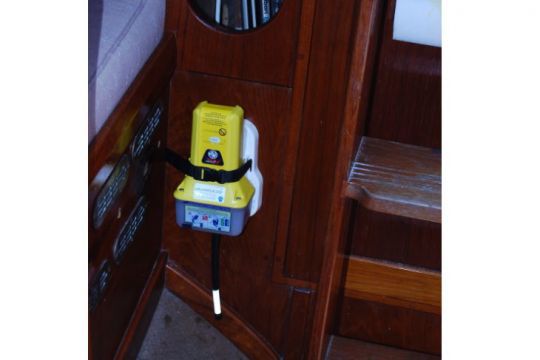
This last precaution is only incidental and not mandatory, but if the equipment is badly configured and triggers an alert anyway, it will avoid triggering searches.
Impact on the battery
Remember that each test has an impact on the life of the battery. The validity date indicated on the device or on its battery is relative to equipment that is never tested. These tests must be taken into account and the date indicated must be weighted accordingly. As a rule of thumb, considering that each test will add one month to the life of the battery is a reasonable calculation.
Some EPIRBs (for example the EPIRB1 from Ocean Signal) limit the number of tests. In this case, this beacon does not allow more than 12 tests with the GPS activated. This means that, after this number of tests, the following tests will be incomplete and will return an anomaly state. So don't be surprised by this behavior, which is explained in detail in the manual for your device.
What if the test fails?
Sometimes the test can fail. This is almost good news, it implies that in case of real use of this security product, it would have been useless.
If the device is under warranty, contact the dealer and ask what steps to take.
If the device is no longer guaranteed, it must be renewed after disposing of the battery and all potentially polluting components in accordance with local recycling regulations.
Electrical or electronic equipment can only be repaired by workshops specifically equipped for this purpose. Even outside the warranty period, the repair of this safety accessory will cost less than the unfortunate consequences of an accident.






